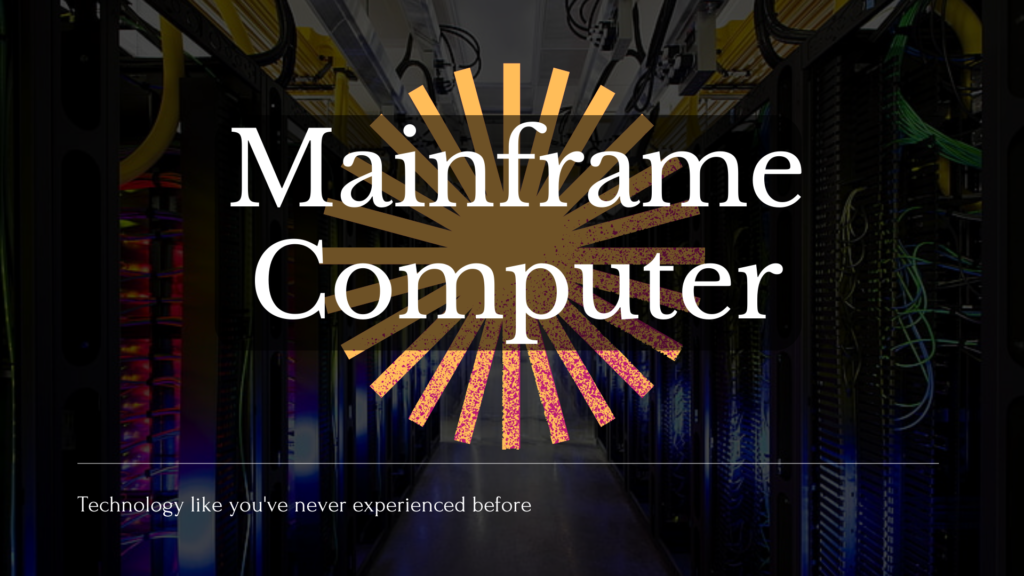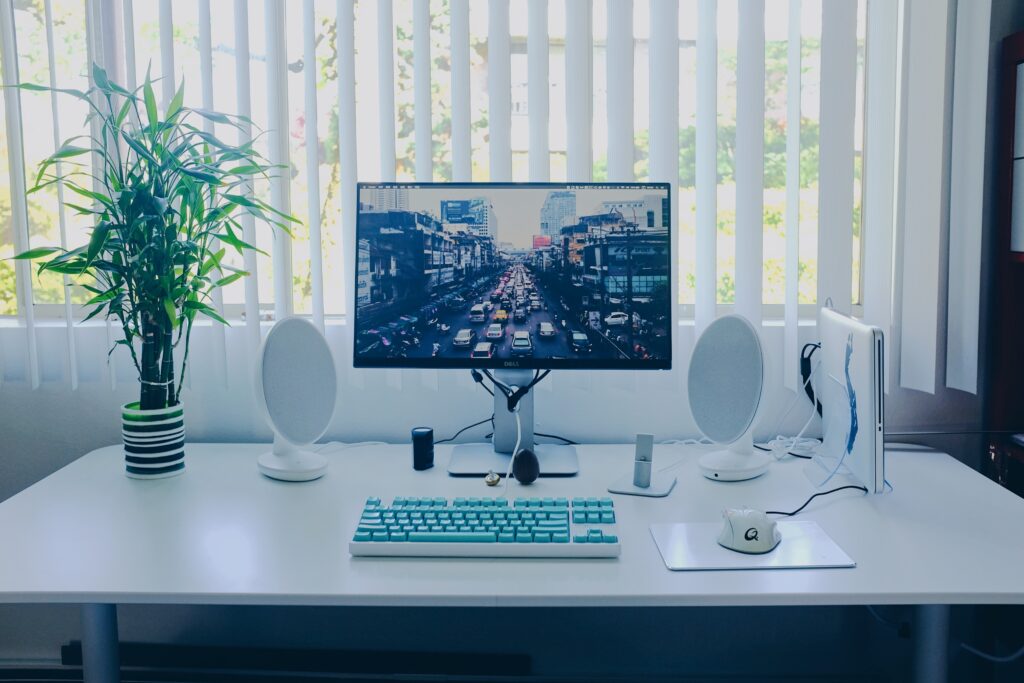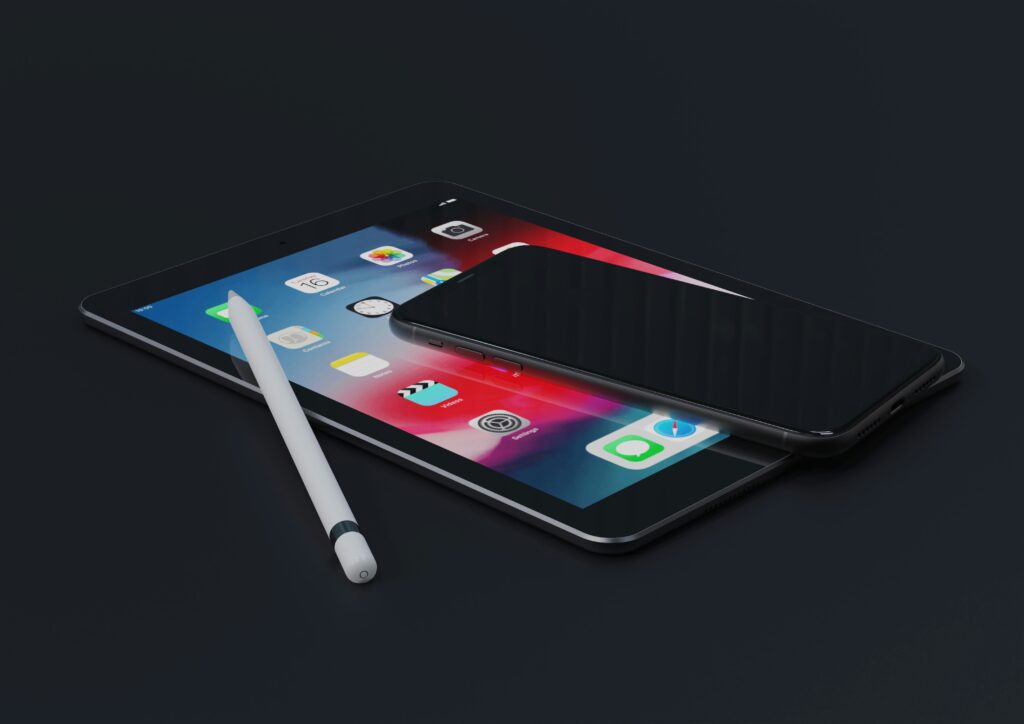Introduction to Types of Computers
In today’s digital age, understanding the diverse landscape of computer types is essential. Here we will learn about Different Types of Computer : Computers come in various shapes, sizes, and functionalities, catering to distinct needs across industries and personal use.
Explore Different Types of Computers :
Mainframes

Mainframes are robust, high-performance computers primarily used by large organizations for heavy data processing. They excel in managing extensive databases and executing complex calculations.
Personal Computers (PCs)

The most commonly encountered computers, PCs, are versatile and fit for individual use. They come in desktop and tower formats, offering flexibility for personal and professional tasks.
Laptops

Laptops, designed for portability, merge the functionalities of desktop computers into a compact form. They enable work and entertainment on the go, making them popular among students and professionals.
Mobile Devices

These compact computing devices, including smartphones and tablets, have revolutionized communication and access to information. Their portability and diverse app ecosystems have made them an integral part of everyday life.
Here's a breakdown of the differences in size, capabilities, and typical use cases among different types of computers:
Size
Supercomputers: Usually massive in size, occupying entire rooms or data centres due to their extensive processing power. They consist of numerous interconnected processors and require substantial space for cooling and maintenance.
Mainframes: Large and robust, taking up considerable space in specialized data centers. They house multiple processors, storage devices, and peripherals within a structured framework.
Servers: Range in size from rack-mounted units to larger tower or blade server configurations, depending on the computing power and storage capacity required.
Personal Computers (PCs): Desktop PCs can vary in size from compact to larger tower setups, while laptops are portable and compact.
Mobile Devices: Compact and lightweight, designed for easy portability. Smartphones and tablets are small enough to fit into a pocket or a small bag.
Capabilities:
Supercomputers: Exceptional processing power, capable of handling complex calculations and massive datasets, used for scientific simulations, weather forecasting, and research.
Mainframes: High-capacity data processing, robustness, and reliability, ideal for handling large-scale data processing in sectors like finance, government, and corporate enterprises.
Servers: Specialized in providing services, data storage, managing networks, and facilitating communication between computers within a network.
Personal Computers (PCs): Versatile for various tasks like word processing, internet browsing, multimedia editing, gaming, and general office work.
Mobile Devices: Compact and lightweight, designed for easy portability. Smartphones and tablets are small enough to fit into a pocket or a small bag.
Typical Use Cases:
Supercomputers: Utilized for scientific research, weather forecasting, cryptography, simulations, and data analysis that demand extraordinary computing power.
Mainframes: Employed in finance for handling transactions, in government institutions for data processing, and in large enterprises for managing critical databases and applications.
Servers: Used for hosting websites, managing emails, storing and accessing data, managing networks, and providing various services within organizations.
Personal Computers (PCs): Used by individuals for personal and professional tasks such as document creation, web browsing, gaming, content creation, and general computing needs.
Mobile Devices: Integral for communication, social networking, entertainment, accessing information on the go, and running a wide array of mobile applications.
Size: | Capabilities: | Typical Use Cases: |
Supercomputers: Usually massive in size, occupying entire rooms or data centers due to their extensive processing power. They consist of numerous interconnected processors and require substantial space for cooling and maintenance. | Supercomputers: Exceptional processing power, capable of handling complex calculations and massive datasets, used for scientific simulations, weather forecasting, and research. | Supercomputers: Utilized for scientific research, weather forecasting, cryptography, simulations, and data analysis that demand extraordinary computing power. |
Mainframes: Large and robust, taking up considerable space in specialized data centers. They house multiple processors, storage devices, and peripherals within a structured framework. | Mainframes: High-capacity data processing, robustness, and reliability, ideal for handling large-scale data processing in sectors like finance, government, and corporate enterprises. | Mainframes: Employed in finance for handling transactions, in government institutions for data processing, and in large enterprises for managing critical databases and applications. |
Servers: Range in size from rack-mounted units to larger tower or blade server configurations, depending on the computing power and storage capacity required. | Servers: Specialized in providing services, data storage, managing networks, and facilitating communication between computers within a network. | Servers: Used for hosting websites, managing emails, storing and accessing data, managing networks, and providing various services within organizations. |
Personal Computers (PCs): Desktop PCs can vary in size from compact to larger tower setups, while laptops are portable and compact. | Personal Computers (PCs): Versatile for various tasks like word processing, internet browsing, multimedia editing, gaming, and general office work. | Personal Computers (PCs): Used by individuals for personal and professional tasks such as document creation, web browsing, gaming, content creation, and general computing needs. |
Mobile Devices: Compact and lightweight, designed for easy portability. Smartphones and tablets are small enough to fit into a pocket or a small bag.
| Mobile Devices: Compact and lightweight, designed for easy portability. Smartphones and tablets are small enough to fit into a pocket or a small bag. | Mobile Devices: Integral for communication, social networking, entertainment, accessing information on the go, and running a wide array of mobile applications. |
Understanding these differences helps choose the right type of computer based on specific needs, whether for personal use, professional tasks, or specialised computational requirements.
Touch on Emerging Technologies like Quantum Computing:
The realm of computing is advancing rapidly, and quantum computing stands at its forefront. This technology leverages quantum mechanics to perform computations at unprecedented speeds, promising revolutionary breakthroughs in various fields
Conclusion:
Understanding the diverse computer types is crucial in navigating the digital landscape. Each type caters to specific needs, offering unique advantages and limitations. As technology evolves, staying informed about emerging innovations like quantum computing ensures a dynamic understanding of the computing world.
FAQs:
Understanding the diverse computer types is crucial in navigating the digital landscape. Each type caters to specific needs, offering unique advantages and limitations. As technology evolves, staying informed about emerging innovations like quantum computing ensures a dynamic understanding of the computing world.
1. Which type of computer is best for gaming?
Personal computers, especially high-end desktops, are preferred for gaming due to their customization options and powerful hardware.
2. Can mobile devices replace laptops for work?
While mobile devices offer convenience, laptops still excel in handling more complex tasks and applications required for professional work.
